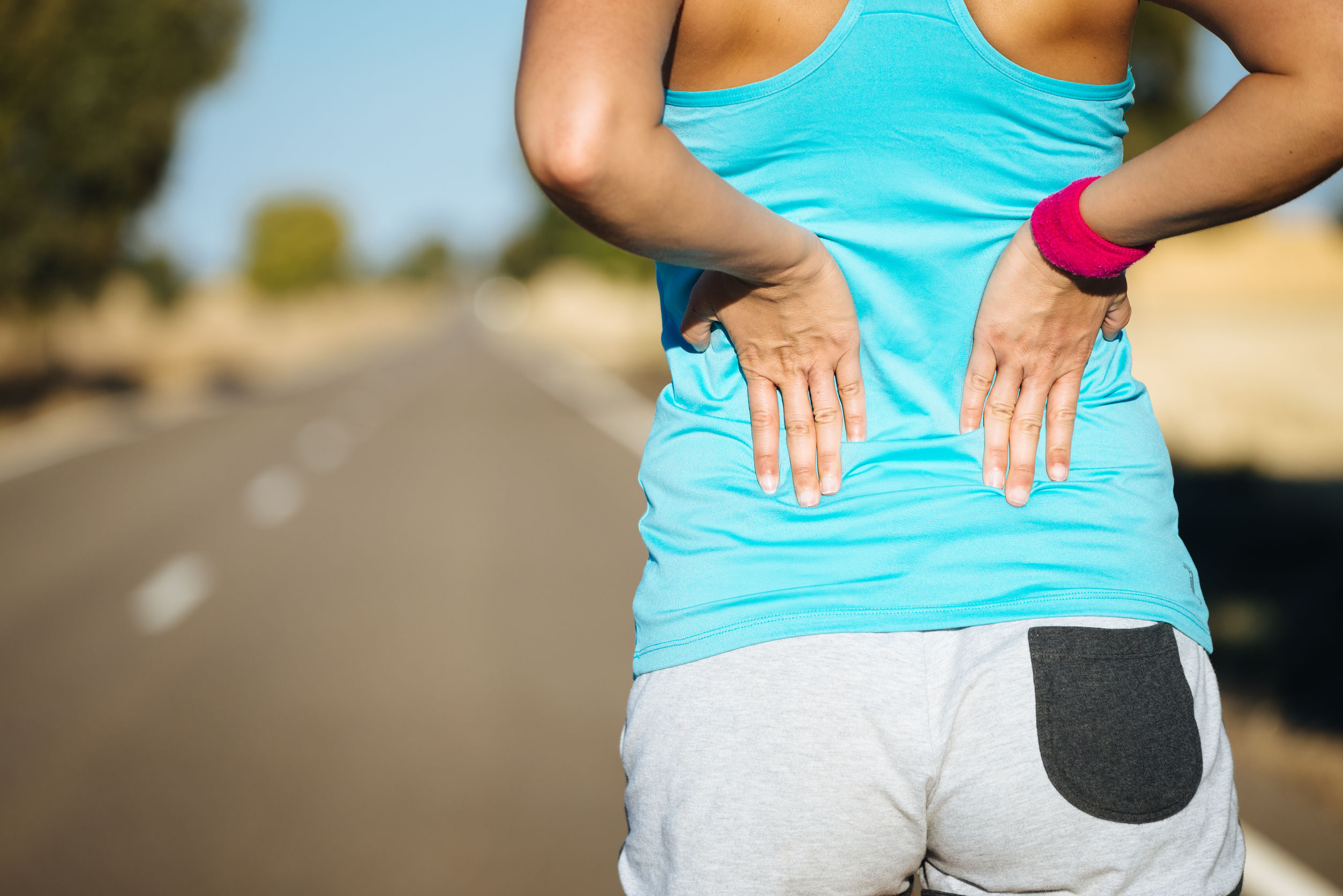
Back pain is widely known as one of the major reasons why people visit their doctors and also one of the reasons some people failed to appear at work, in addition, throughout the world back pain is the major cause of disability. A lot of people are chronicled of back pain at least once in their lifetime. Sometimes, back pain can be uncomfortable and debilitating.
There are so many factors which have been found to contribute to the occurrence of back pain such as injury, activity, and certain medical conditions. Back pain can affect people of all ages for various reasons. The risk of developing back pain increases with age, being the main reason why it is prevalent in older individuals. Back pain also occurs due to factors such as previous occupation and degenerative disk disease.
Back pain can be associated with the bony lumbar spine, the disc between vertebrae, ligaments around the spine and discs, spinal cord and nerve, lower back muscles, abdominal and pelvic internal organs, and the skin around the lumbar area.
What are the Causes of Back Pain?
Back pain that occurs suddenly can last for a short period of which is known to be less than six weeks (acute) and this can occur as a result of a fall or lifting a heavy object. On the other hand, back pain which lasts longer than three months (chronic) is less common than acute pain.
Back pain usually occurs without a cause that can be identified by physicians using a test or an imaging study. Below are some of the conditions which have been associated with back pain:
1. Muscle or ligament strain. A recurrent lifting of heavy objects or a sudden awkward movement may strain the back muscles and the spinal ligaments. In the event that you are in poor physical condition, constant strain in the back may result in painful muscle spasms.
2. Bulging or ruptured disks. The role performed by the discs is that they act as cushions between the bones (vertebrae) of the spine. The soft material which is situated in the disc can swell or rupture and press on a nerve. However, without back pain, there can be a bulged or ruptured disk. Disk disease often occurs when you have x-rays of the spine for some other reason.
3. Arthritis. Osteoarthritis one of the types of arthritis can affect the lower back. In some cases, spinal arthritis can lead to narrowing of the space around the spinal cord; this condition is known as spinal stenosis.
4. Irregularities in the skeleton. This is a condition in which the spine curves to the side (scoliosis) and it has been found to cause back pain, but usually not before the Middle Ages.
5. Osteoporosis. The vertebrae of your spine can cause compression fractures in case the bones become porous and weak.
Risk Factors
Back pain is common to every individual, even children, and adolescents. The factors listed below can increase the susceptibility of an individual to back pain:
1. Age. Back pain has been found to be prevalent in older people beginning from thirty of forty years.
2. Lack of exercise. Brittle, unused muscles in the back and abdomen can cause back pain.
3. Excessive Weight. Carry an excessive body weight exerts additional pressure on the back.
4. Diseases. There are some diseases such as arthritis and cancer, they have been found to play some role in the development of back pain.
5. Incorrect lifting. Making use of the back instead of the feet can cause back pain.
6. Psychological conditions. People who are prone to depression and anxiety seem to have a greater risk of back pain.
7. Smoking. Smoking decreases the rate at which blood flow to the lower spine, which can prevent the body from providing enough nutrients to the back. Smoking also makes healing a rigmarole process.
Symptoms of Back Pain
The symptoms of back pain may include:
• Muscle ache
• Shooting or stabbing pain
• Pain that radiates down your leg
• Pain becomes worse during bending, lifting, standing or walking
• Pain that improves when you lie down
Back Pain Treatment
Treatment for Back Pain requires restoring the circulation and blood flow to the affected structures in your back. Pain is caused when swelling, inflammation and decreased circulation generate a blockage, which causes blood flow to be interrupted or slowed. Treatment for this issue requires breaking up the accumulated fluids in your back to allow for improved healing and quicker recovery.
Products recommended for symptoms of swelling, redness, pain, and inflammation, and if coolness makes your pain feel better:
Ice Substitute Poultice
Bruise Relief Liniment
Muscle Therapy Massage Oil
Products recommended when swelling and inflammation are gone, but you still feel pain, stiffness, weakness, and/or sensitivity in cold and damp weather, and if heat makes your pain feel better:
Pain Relief Liniment
Muscle Therapy Massage Oil





